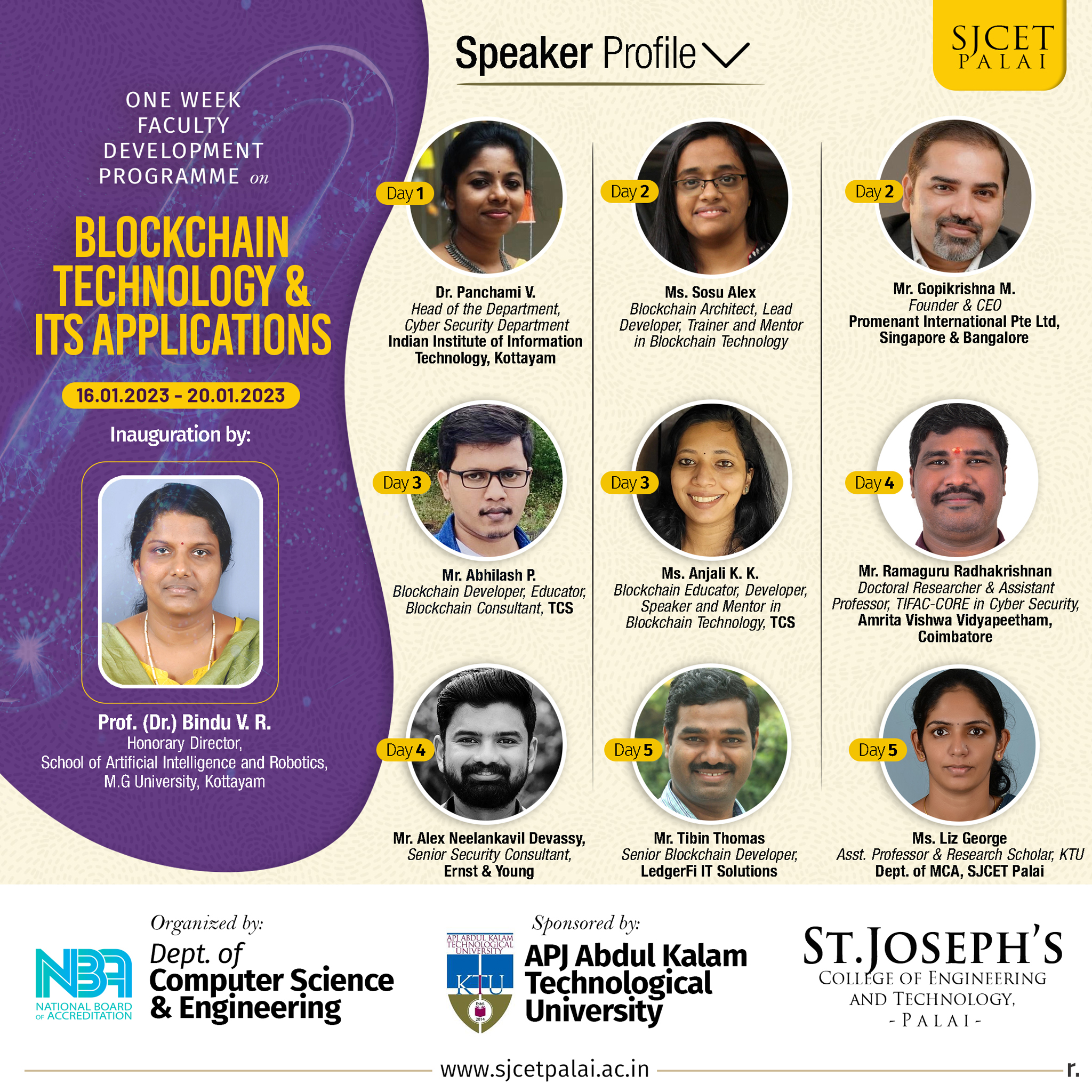Blockchain Ledger is a data structure similar to linked list, every block is a container linked to each other cryptographically.
Blockchain Technology is a decentralized computation and distributed ledger platform to immutably store transactions in a verifiable manner efficiently, through rational decision making process among multiple parties in an open and public system.
Decentralized Application (DApp) is a computer application that is deployed and gets executed on a Distributed system usually Blockchain or Distributed Ledger Technology. DApp is a set of Smart Contracts interfaced with a UI.
Some features of DApp as defined by the Ethereum
- Decentralized
- Deterministic
- Turing complete
- Isolated
- Zero downtime: Once the smart contract of the Distributed App is deployed on the blockchain, No malicious actors can launch a Denial of Service because the blockchain network as a whole will always be able to serve clients with the smart contracts.
- Privacy: Blockchain accounts and transactions are pseudo-anonymous there is no need to provide real-world identity to deploy or interact with a dapp.
- Resistance to censorship: The application cannot be controlled by a single entity on the network or stop any users from submitting transactions, deploying DApps, or reading data from the blockchain.
- Data Integrity: Just like the ata stored on the blockchain is immutable and indisputable, this property holds good for the smart contracts deployed in Blockchain.
- Verifiable Behavior: As smart contracts can be analyzed and are guaranteed to execute in predictable ways, the same holds good for DApp also
- Maintenance can be harder because of immutability of smart contracts. So any security bugs or updates cannot be made once the contracts are deployed.
- Performance overhead due to the choice of consensus algorithm and storage.
- Network congestion is a major implication at least in the current model. Even if a DApp is using too many computational resources, the entire network gets congested. In Ethereum, the network is only able to process about 10-15 transactions per second; if transactions are faster than this, the pool of unconfirmed transactions and transaction fee shall go high.
- User experience atleast at present is harder to provide user-friendly experiences. The average end user might find it too difficult to set up necessary tool stack necessary to interact with the blockchain in a truly secure fashion
| * | Core App | DApp |
|---|---|---|
| Code | Centralized Server | Distributed Systems like Blockchain |
| Model | Trusted | Trust-less |
| Implementation | Scrutiny Required | Very High Scrutiny |
| Time | Faster Iteration | Generally slower |
| Maintenance | Easy | Very hard |
| Tools | Simple setup | Difficult to set up. A tool stack necessary |
| Failure | High | Very Low |
| Transparency | No to Very Less | Completely Transparent (if Permissionless) |
| User Privacy | No to Very Less | High |
| Performance | Less | High |
pragma solidity ^0.8.0;
contract SimpleDApp {
address payable owner;
mapping(address => uint) balances;
constructor() public {
owner = msg.sender;
}
function deposit() public payable {
require(msg.value > 0, "Deposit amount must be greater than 0");
balances[msg.sender] += msg.value;
}
function withdraw(uint amount) public {
require(amount > 0, "Withdraw amount must be greater than 0");
require(amount <= balances[msg.sender], "Insufficient funds");
msg.sender.transfer(amount);
balances[msg.sender] -= amount;
}
function getBalance() public view returns (uint) {
return balances[msg.sender];
}
}
- CryptoKitties: A blockchain-based game that allows users to collect and breed virtual cats.
- Augur: A decentralized prediction market platform that allows users to create and trade predictions on the outcome of events.
- OpenSea: A marketplace for buying and selling digital collectibles such as in-game items and virtual real estate.
- Uniswap: A decentralized exchange (DEX) that allows users to trade cryptocurrencies without the need for a centralized intermediary.
- MakerDAO: A decentralized lending platform that uses a stablecoin called DAI to provide loans in a decentralized manner.
- Ethlance: A decentralized freelance marketplace that allows users to find and hire freelance talent in a trustless manner
- Compound: A decentralized finance (DeFi) platform that allows users to lend and borrow cryptocurrencies.
- Steemit: A blockchain-based social media platform that rewards users for creating and curating content.
- EOS: EOS is a blockchain platform that is designed for high-performance decentralized applications. Some examples of DApps built on EOS include:
- PRA CandyBox: A blockchain-based game that allows users to earn rewards by playing mini-games.
- Everipedia: A decentralized version of Wikipedia that allows users to earn rewards for contributing content.
- TRON: TRON is a blockchain platform that aims to build a decentralized internet. Some examples of DApps built on TRON include:
- TRONbet: A decentralized gambling platform that allows users to place bets on various games.
- BitTorrent: A decentralized file-sharing platform that allows users to share files without the need for a centralized intermediary.
- IOTA: IOTA is a blockchain platform that is designed for the Internet of Things (IoT) applications. Some examples of DApps built on IOTA include:
- IOTASeed: A decentralized seed generation service that allows users to generate seeds for their IOTA wallets in a secure and private manner.
- IOTA Identity: A decentralized identity management system that allows users to create and manage their digital identities in a secure and private manner.
- Cosmos: Cosmos is a blockchain ecosystem that allows for interoperability between different blockchains. Some examples of DApps built on Cosmos include:
- Terra Station: A decentralized exchange that allows users to trade different assets across different blockchains.
- ChainGuard: A decentralized security platform that allows users to secure their assets on different blockchains.




